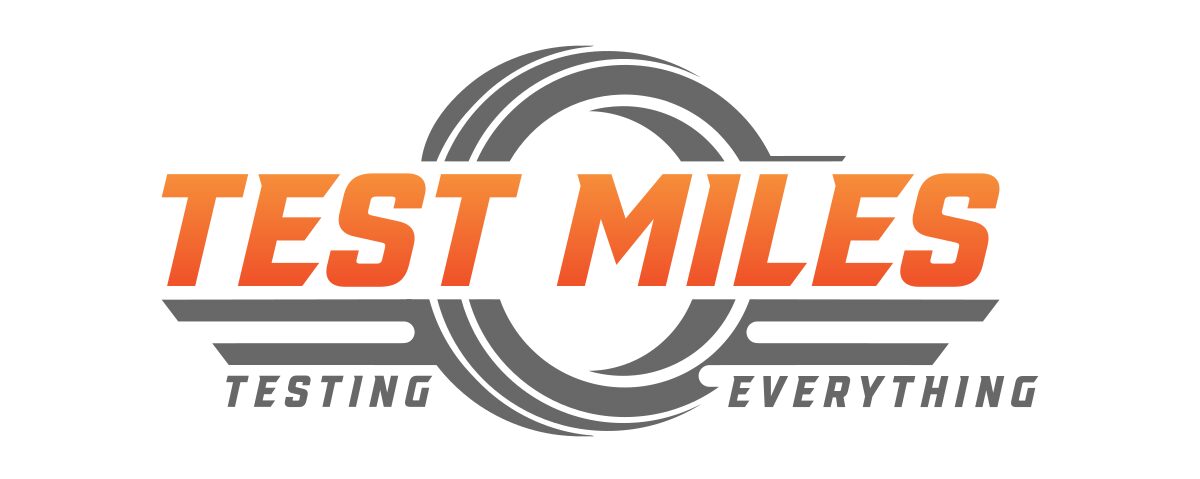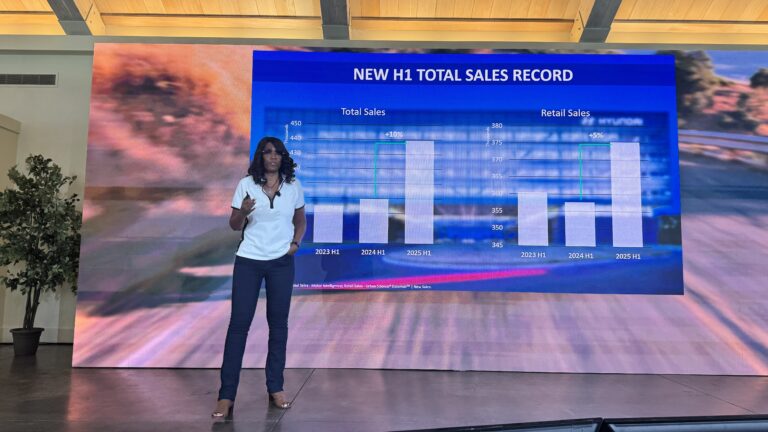EPA to rescind endangerment finding, reshape vehicle emissions
An abrupt legal shift that could rewrite automotive emissions rules and consumer choice starts now.
On July 24, 2025, the Environmental Protection Agency (EPA) confirmed plans to roll back its 2009 “endangerment finding,” the legal cornerstone of federal greenhouse‑gas and vehicle emissions rules. Sources say the draft proposal, submitted June 30 to the Office of Management and Budget, is now under interagency review and will enter public comment within days.

Why does this car matter right now?
This move effectively strips the EPA of its legal basis to regulate CO₂ and other vehicle emissions under the Clean Air Act. Reversing the endangerment finding jeopardizes the 2027–2032 tailpipe standards which aim to cut CO₂ from 170 g/mi to 85 g/mi as well as heavy‑duty truck rules, dirty particulate and NOₓ limits, and related Clean Air Act mandates (EPA.gov).
According to internal analysis, the original standards would have achieved a 56 percent CO₂ reduction below 2026 levels, eliminating nearly 7 billion metric tonnes of greenhouse gases by 2055 (EPA estimations). Reversing course could not only halt that trajectory but also reduce the national zero‑emission vehicle (ZEV) share target two‑thirds of new sales by 2032.

How does it compare to rivals?
California and 10 other states filed suit earlier this summer to defend their independent 2035 ZEV mandates; however, only federal findings support nationwide standards (Reuters).
You also may be interested in reading EV Tax Credits Expire September 30: What You Need to Know
The reversal follows a broader deregulatory campaign under EPA Administrator Lee Zeldin, part of 31 rollbacks announced in March to promote “American energy” and revive domestic auto jobs (EPA.gov). The auto industry’s trade group welcomes the move, claiming it will preserve consumer choice and reduce compliance burdens that were “ragged edge of achievable”. Conversely, the Electric Vehicle Association called it “unfortunate.”
You may also be interested in reading: Dodge Recalls Charger EV for Being Too Quiet

Who is this for, and who should skip it?
Drivers loyal to internal‑combustion models may avoid rising costs tied to EV mandates or charging infrastructure but will lose federal environmental benefits like cleaner air quality and likely forfeited incentives.
Automakers focused on EV and clean‑tech Ford, GM, Stellantis must now hedge against regulatory reversal, losing predictability for investments and R&D. Meanwhile, those doubling down on ICE may favour rollback.
Public health advocates and climate-conscious consumers are left short‑changed: an AP‑linked report warns such rollbacks may mean an extra 30,000 premature deaths annually and $275 billion in lost health benefits.
You may also be interested in reading Polestar 3 Challenges Industry with Radical Transparency

What’s the long-term significance?
If finalized, the repeal could strip federal authority over emissions and fuel‑economy standards, placing the burden squarely on California, a handful of states, or future courts to reinstate safeguards. Legal experts are already preparing lawsuits, citing past Supreme Court rulings (Massachusetts v. EPA) and recent UN declarations that greenhouse gases pose an “existential threat”.
The justification is legal, not scientific: the draft argues the Clean Air Act never required the EPA to regulate greenhouse gases broadly, focusing instead on whether the agency has the legal authority not on climate risk.
Courts may reverse the move, but experts warn that delays alone could inflict irreversible damage fueling climate disasters while legal battles play out. In automotive circles, the reset is seismic: no endangerment finding means no federal tailpipe standards, minimal EV mandate large-scale effects expected.
You may also be interested in reading: Volkswagen’s $44 Billion Impact: Driving the U.S. Economy
Like what you’ve read? Stay in the driver’s seat with more insider automotive insights. Follow @NikJMiles and @TestMiles for stories that go beyond the press release.






